A 17th Century Portrait of a Young Nobleman, with Strong Resemblance to Prince William of Orange in a Period Carved Gilt-Wood Frame.
By Jan Mytens (c.1614 – 24 December 1670)
Sold
Request Information
Follow Us
A 17th Century Portrait of a Young Nobleman, with Strong Resemblance to Prince William of Orange in a Period Carved Gilt-Wood Frame.
By Jan Mytens (c.1614 – 24 December 1670)
A rare 17th-century oil on-panel portrait by Jan Mytens offers a striking depiction of a young nobleman, believed to be Prince William III of Orange. The portrait is noted for its exquisite detail and craftsmanship, embodying the distinct style and technique that Mytens was renowned for. The National Portrait Gallery in London has observed a strong resemblance between the sitter and Prince William of Orange in his teenage years, further solidifying its historical significance.
The painting is encased in a magnificent original Dutch giltwood frame from the 17th Century, reminiscent of the style later perfected by Grinling Gibbons, the famous wood carver and sculptor. This frame adds to the artwork’s allure and authenticity, enhancing its aesthetic and historic value.
Mytens, a prominent figure in the Dutch Golden Age of painting, was celebrated for his portraiture, particularly in rendering the attire of the affluent Dutch. This work is a testament to his skill, depicting the young nobleman in intricate clothing, a hallmark of Mytens’ attention to detail and mastery in portraying textures and fabrics.
The painting’s resemblance to the works of Willem van Honthorst, another distinguished Dutch Golden Age artist, indicates the interconnectedness and influence among artists of this era. This piece, therefore, not only represents Mytens’ individual artistry but also the broader artistic trends and styles of the 17th Century Dutch Golden Age.
Literature: Illustrated, Jan Mytens: Catalogue Raisonné, A13 p. 169 & 363.
Dimensions
Frame height: 26.25 inches
Frame width: 22.25 inches
Painting height: 16.75 inches
Painting width: 12.75 inches
PREVIOUSLY SOLD FINE ART
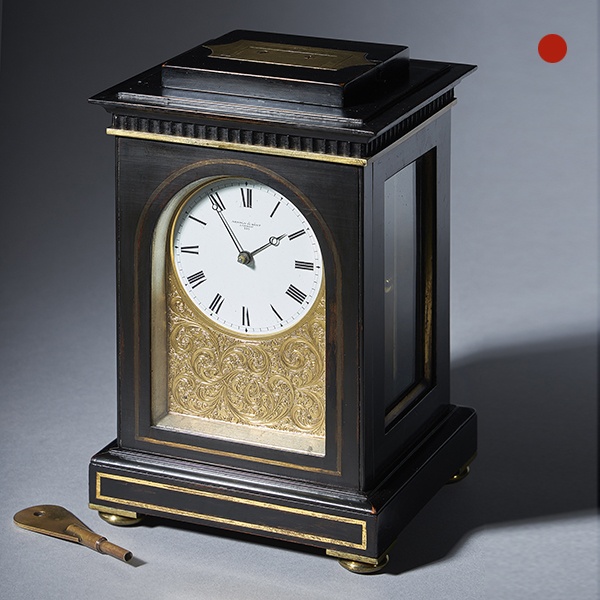
A Unique And Fine Mid 19th-Century Travelling Clock By Celebrated Makers Arnold & Dent, London
Unique and Fine Mid 19th-Century Travelling Clock By Celebrated Makers Arnold & Dent, London. The time is indicated by a fine pair of blued-steel Breguet hands.
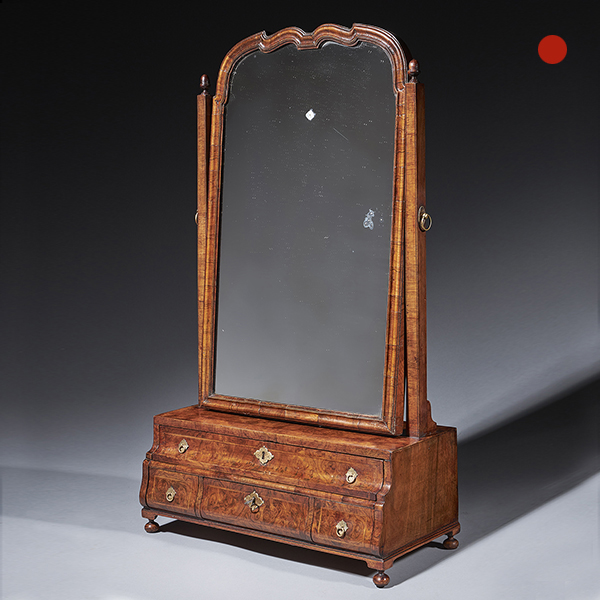
A fine burr walnut George I dressing mirror. Circa 1715-25 England.
A fine burr walnut George I dressing mirror Circa 1715-25 England. SoldFollow UsA fine burr walnut George I antique dressing mirror An extremely rare and fine George I burr walnut dressing mirror raised on ball and bracket feet. The drawer...
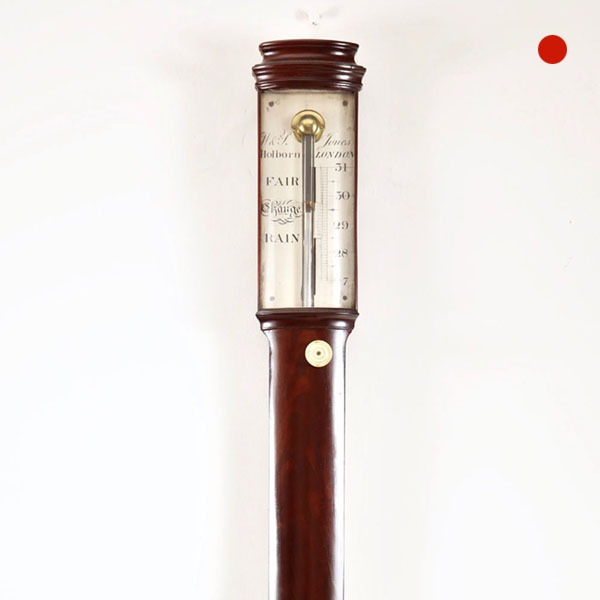
A fine 18th-Century George III mahogany bow-front stick barometer
The mahogany-veneered case has an austere form with only the moulded caddy top and the urn-shaped cistern cover to break its soberness. The silvered register plates are protected by a bowed glass, the recorder with vernier scale being operated by a knob below the register plate.
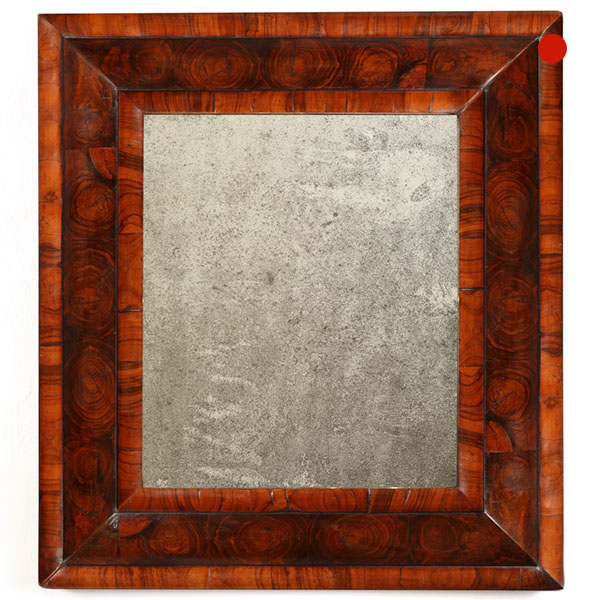
17th Century William and Mary Olive Oyster Cushion Mirror
17th Century William and Mary Olive Oyster Cushion Mirror Circa 1690 England SOLD Follow Us17th Century William and Mary Olive Oyster Cushion Mirror Further reading - Oystering or oyster veneer is a form of veneering, a type of parquetry....
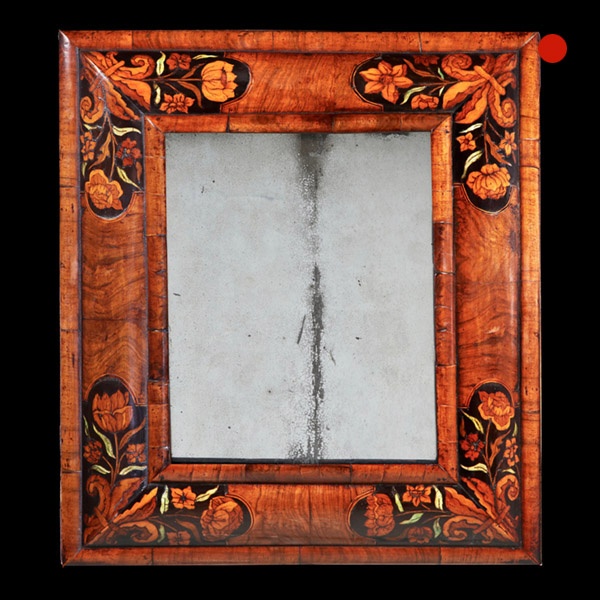
17th Century William and Mary Figured Walnut Marquetry Cushion Mirror
17th Century William and Mary Figured Walnut Marquetry Cushion Mirror SOLD Follow Us17th Century William and Mary Figured Walnut Marquetry Cushion Mirror From the restoration of the British Monarchy (1670-1685) we bring to you this charming...
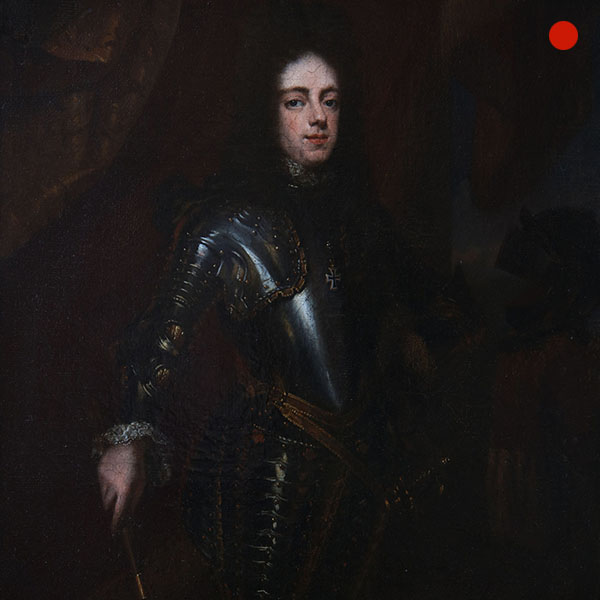
Portrait of a Nobleman standing small three-quarter length in Armour
Follower of Caspar Netscher (1639-1684) – Oil on canvas. Portrait of a Nobleman, standing small three-quarter-length, in armour, wearing the Order of Joanita and holding a commander’s baton. Provenance – Ex Collection Earl of Rosebery.

A Unique And Fine Mid 19th-Century Travelling Clock By Celebrated Makers Arnold & Dent, London
Unique and Fine Mid 19th-Century Travelling Clock By Celebrated Makers Arnold & Dent, London. The time is indicated by a fine pair of blued-steel Breguet hands.

A fine burr walnut George I dressing mirror. Circa 1715-25 England.
A fine burr walnut George I dressing mirror Circa 1715-25 England. SoldFollow UsA fine burr walnut George I antique dressing mirror An extremely rare and fine George I burr walnut dressing mirror raised on ball and bracket feet. The drawer...

A fine 18th-Century George III mahogany bow-front stick barometer
The mahogany-veneered case has an austere form with only the moulded caddy top and the urn-shaped cistern cover to break its soberness. The silvered register plates are protected by a bowed glass, the recorder with vernier scale being operated by a knob below the register plate.

17th Century William and Mary Olive Oyster Cushion Mirror
17th Century William and Mary Olive Oyster Cushion Mirror Circa 1690 England SOLD Follow Us17th Century William and Mary Olive Oyster Cushion Mirror Further reading - Oystering or oyster veneer is a form of veneering, a type of parquetry....

17th Century William and Mary Figured Walnut Marquetry Cushion Mirror
17th Century William and Mary Figured Walnut Marquetry Cushion Mirror SOLD Follow Us17th Century William and Mary Figured Walnut Marquetry Cushion Mirror From the restoration of the British Monarchy (1670-1685) we bring to you this charming...

Portrait of a Nobleman standing small three-quarter length in Armour
Follower of Caspar Netscher (1639-1684) – Oil on canvas. Portrait of a Nobleman, standing small three-quarter-length, in armour, wearing the Order of Joanita and holding a commander’s baton. Provenance – Ex Collection Earl of Rosebery.
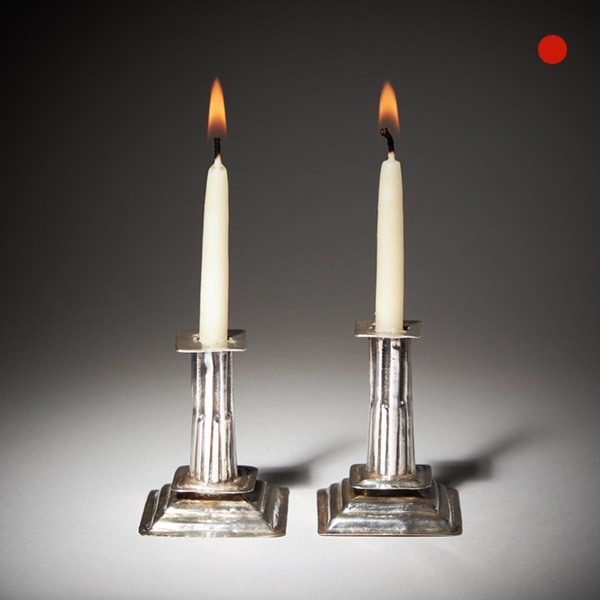
A Pair of 17th Century William and Mary Miniature Candlesticks By George Manjoy
A Pair of 17th Century William and Mary Miniature Candlesticks By George Manjoy SoldFollow UsA...
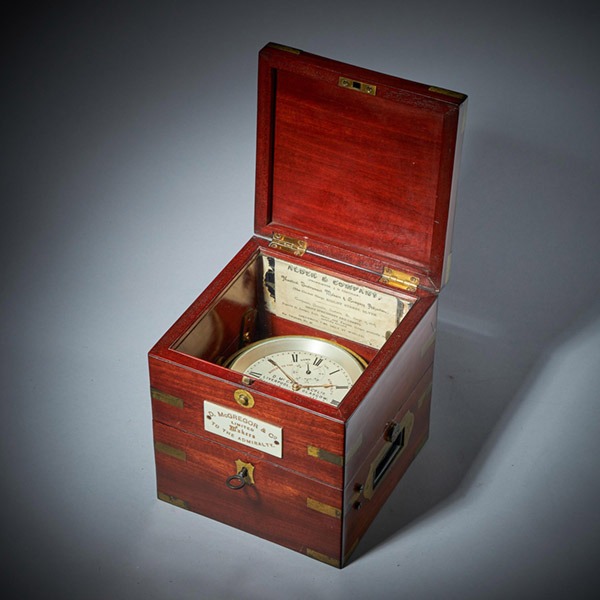
Fine Scottish Two-Day Marine Chronometer Signed and Numbered D. McGregor
Fine Scottish Two-Day Marine Chronometer Signed and Numbered D. McGregor £6,500Follow UsFine...
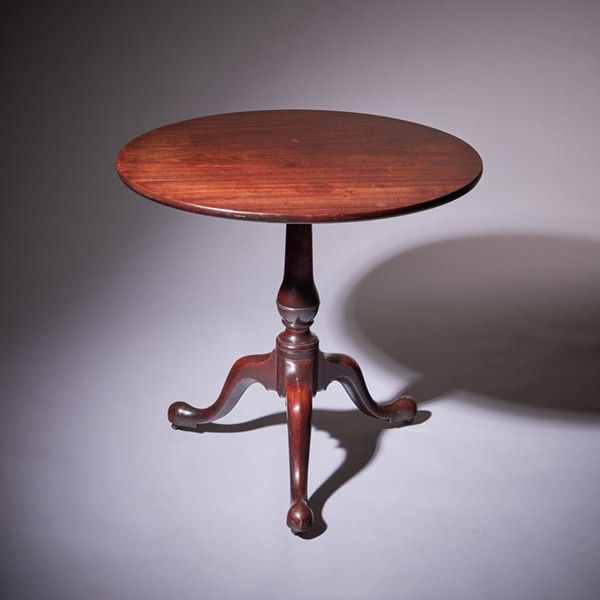
18th Century George III Mahogany Tripod Table, Circa 1770
18th Century George III Mahogany Tripod Table, Circa 1770 £2,200Follow Us18th Century George III...
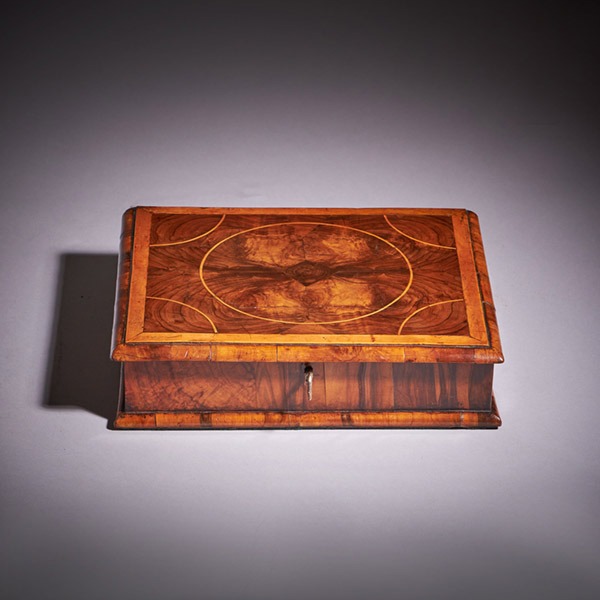
Fine William and Mary 17th Century Olive Oyster Lace Box
Fine William and Mary 17th Century Olive Oyster Lace Box £2,600Follow UsFine William and Mary 17th...
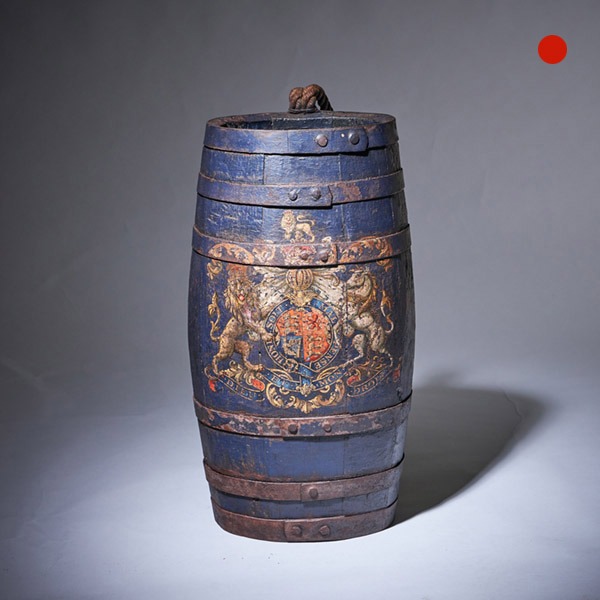
Rare Royal 18th Century Powder Barrel Stick Stand Decorated with a Coat of Arms
Rare Royal 18th Century Powder Barrel Stick Stand Decorated with a Coat of Arms SoldFollow UsRare...
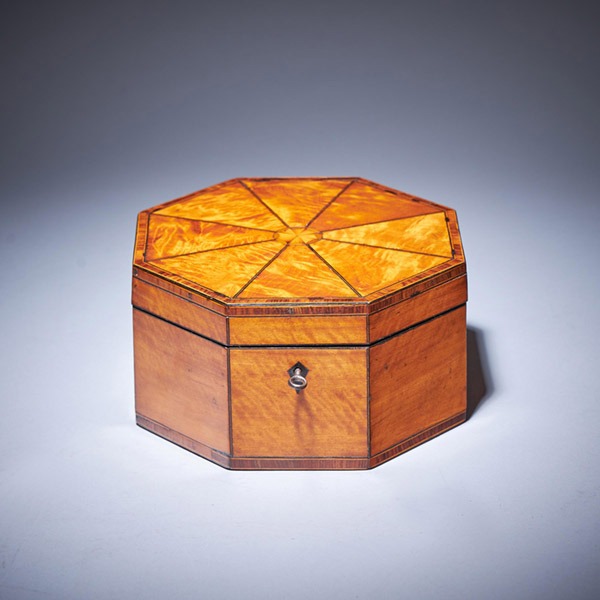
A Fine and Rare George III Octagonal Figured Satinwood Box, C.1790
A Fine and Rare George III Octagonal Figured Satinwood Box, C.1790 £2,200Follow UsA Fine and Rare...
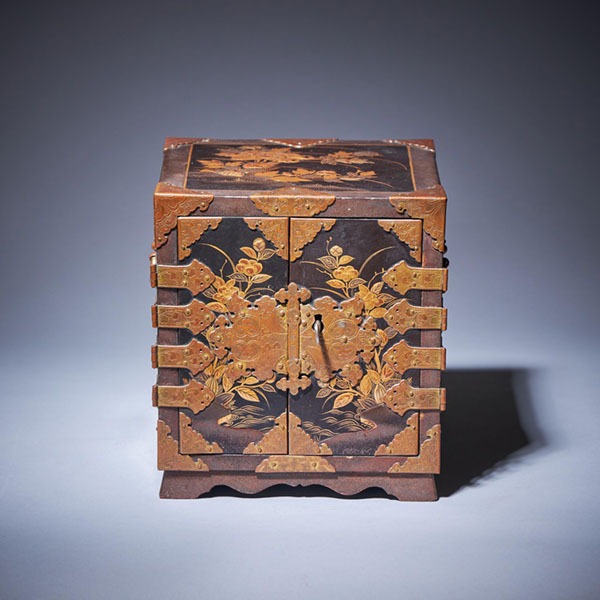
Important Early Edo Period 17th Century Miniature Japanese Lacquer Cabinet
Important Early Edo Period 17th Century Miniature Japanese Lacquer Cabinet £36,000Follow...

A Pair of 17th Century William and Mary Miniature Candlesticks By George Manjoy
A Pair of 17th Century William and Mary Miniature Candlesticks By George Manjoy SoldFollow UsA...

Fine Scottish Two-Day Marine Chronometer Signed and Numbered D. McGregor
Fine Scottish Two-Day Marine Chronometer Signed and Numbered D. McGregor £6,500Follow UsFine...

18th Century George III Mahogany Tripod Table, Circa 1770
18th Century George III Mahogany Tripod Table, Circa 1770 £2,200Follow Us18th Century George III...

Fine William and Mary 17th Century Olive Oyster Lace Box
Fine William and Mary 17th Century Olive Oyster Lace Box £2,600Follow UsFine William and Mary 17th...

Rare Royal 18th Century Powder Barrel Stick Stand Decorated with a Coat of Arms
Rare Royal 18th Century Powder Barrel Stick Stand Decorated with a Coat of Arms SoldFollow UsRare...










